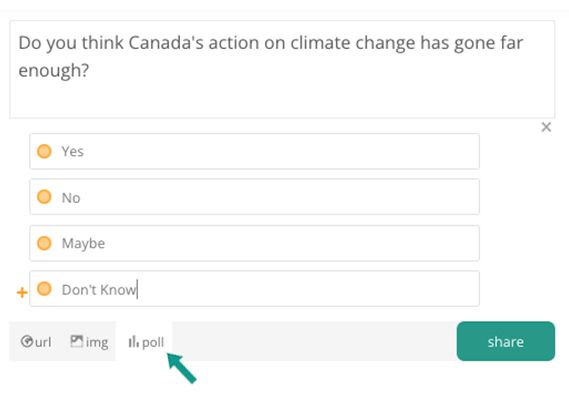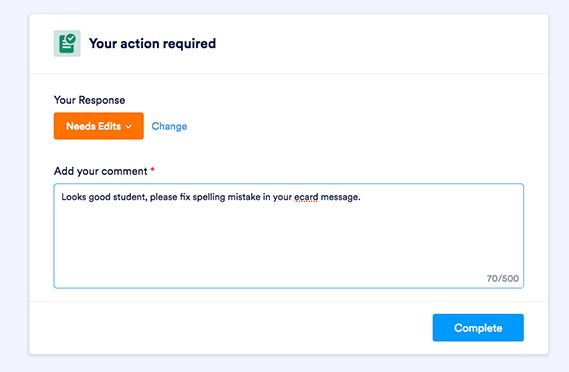2023 Re-Energy Challenge Showcase
Model Renewable Energy Technologies Built
People reached through students sharing their learnings
Empty space, drag to resize
Challenge Winners
First Place: Mrs. Bolton & Miss Boucher - Science 30 Classes
St. Francis Xavier High School, Grades 11 & 12Edmonton, Alberta
Three of St. Francis Xavier's Science 30 Classes teamed together to create 24 models of renewable energy! The functioning models included wind turbines, penny batteries, solar power models, and electric cars - which they had some fun with racing them in the hallway. The three Science 30 classes took the opportunity to share their learning and involve their younger Science 20 peers by hosting presentations on their models and providing the Science 20 students the opportunity to interact with the models and reflect on their strengths and areas for improvement - preparing them for next year! To see the incredible projects that took place at St. Francis Xavier - watch the video below.
Science 30 students were tasked with reflecting on their models after having built and tested them. Their responses are a testament to the great design and critical thinking that took place!
They were asked:
If you were to design and construct your model again, what changes or improvement would you make?
In creating a more efficient Electric Car Model, we would improve how the kinetic energy of the DC motor transfers to the car model, such as having the motor directly
spin the wheels, or by connecting another motor to the back wheels to connect to and transfer kinetic energy to as well.
ST. FRANCIS XAVIER Student
Electric Vehicle Model
Electric Vehicle Model
Insulating the oven better, possibly putting another box inside the box and fitting it so that there is room to insulate with newspaper or cotton, and painting an extra layer of black paint on the bottom.
ST. FRANCIS XAVIER STUDENT
Solar Oven Model
Solar Oven Model
To make the house more efficient and the light brighter, we would need to use more and/or stronger solar panels. Ideally, a battery system would be in place that the solar panels could charge, so the lights could be functional when no light is
present...
ST. FRANCIS XAVIER STUDENT
Solar Energy Model
Solar Energy Model
Empty space, drag to resize
Second Place: Ms. Monty - The Dugout 6-2
New Central Public School, Grade 6Oakville, Ontario
Ms. Monty's Grade 6 students took this challenge as an opportunity to find new purpose for a stationary bike that had previously been given to the school - the new purpose? To create power and light up a lightbulb!
The class jumped into their project using help from experts, trial and error, and lots of cooperation to get the bike to work and power a lightbulb. While they faced many challenges throughout the process, including finding the right alignment for the belt coming off the bike, not only did they achieve their goal (seen in the video to right), they were able to take their learning beyond the classroom and share their project with the entire school!
To continue to share their learning, Ms. Monty's class made the bike available to other classes to support learning about electricity - and add lots of fun! The bike is a great way to understand how much energy is required to light one light bulb. To learn more about light, energy, and the class' amazing project - watch the video below!
The class jumped into their project using help from experts, trial and error, and lots of cooperation to get the bike to work and power a lightbulb. While they faced many challenges throughout the process, including finding the right alignment for the belt coming off the bike, not only did they achieve their goal (seen in the video to right), they were able to take their learning beyond the classroom and share their project with the entire school!
To continue to share their learning, Ms. Monty's class made the bike available to other classes to support learning about electricity - and add lots of fun! The bike is a great way to understand how much energy is required to light one light bulb. To learn more about light, energy, and the class' amazing project - watch the video below!
Write your awesome label here.
Write your awesome label here.
Empty space, drag to resize
Third Place: Mrs. Mathur - STEM Students
Somerset Academy, Grade 7/8Markham, Ontario
Three of Mrs. Mathur's Science/STEM students created some amazing models of different renewable energy technologies! The students created these projects through a combination of self-guided inquiry and classroom support! In addition to creating their models, the three students taught their classmates about their learning and presented their models in a STEM Fair at their school for younger students and parents.
Electric Powered Car
Storm - the model electric car pictured above features 4-wheel drive by including two motors in the design.
Lemon Battery
The lemon battery above provided a great opportunity for inquiry - after powering a small clock, the student searched for other items to test, including LED lights and a small portable speaker.
Salt Water Powered Car
Taking on learning about Electric Vehicles from a unique perspective, this student created a model of a salt water powered car.
Empty space, drag to resize
♦ Lanor Junior Middle School (JMS), Grades 4/5Toronto, Ontario
Ms. Varden's Grade 4/5 students rose to the challenge by working in groups to create model solar ovens! The students put a lot of thought into designing their solar ovens, with each group taking a unique approach to maximizing the heat inside their oven. While the testing of their ovens took place after our Re-Energy challenge completed, students were able to test the effectiveness of their ovens, make plans to how they would improve their designs, and then implement those changes! What an amazing design process, Lanor JMS students!
Students worked hard and were very creative in creating their Solar Oven models. You can learn more about each model below!
Students worked hard and were very creative in creating their Solar Oven models. You can learn more about each model below!
Model A - For this solar oven students used a box insulated with re-used packing peanuts and a large reflective surface to maximize the heat inside! The model's inside and outside were painted black, in addition to the aluminum tray inside. The student's also included an access door on the front of the oven - similar to a conventional oven.
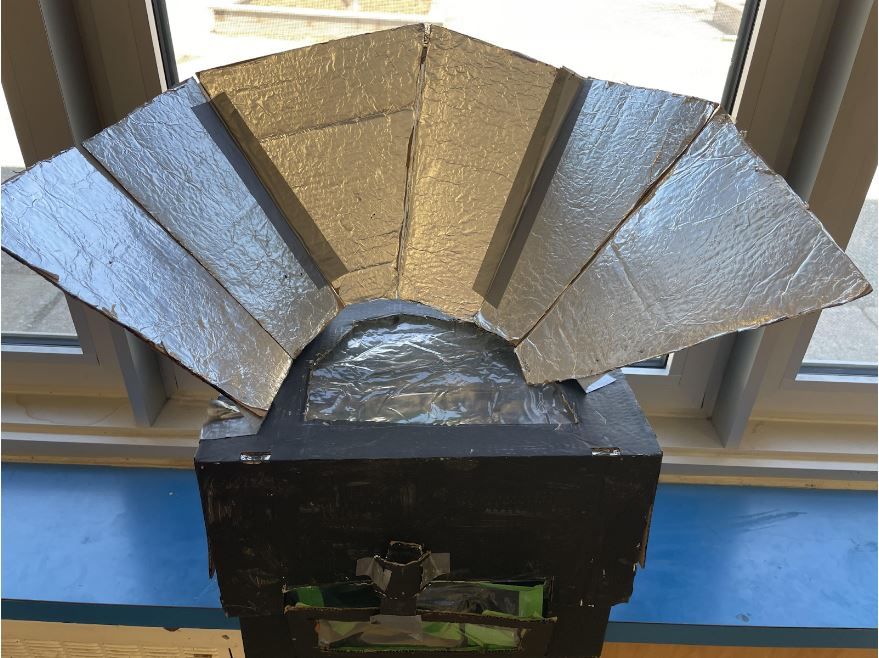
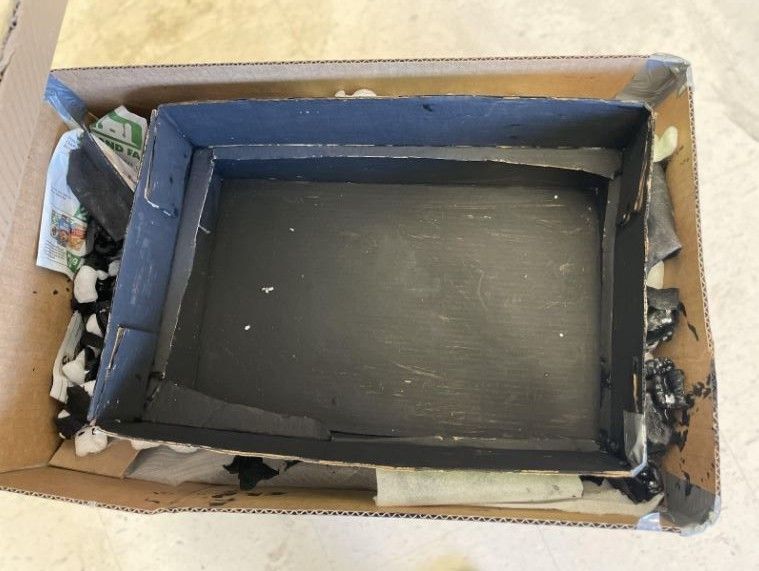
Model B - This student design features a box-within-a-box insulation design with reflective surfaces on top and the inside of the oven being accessed by removing the top lid (pictured on left). On top of a great design, this group was the comedy act of Ms. Varden's class nicknaming their solar model the SPAM cooker! The solar oven was painted black on the inside and out. Insulation was placed under the cooking tray to keep the interior hot.
Model C - The students for this model focused on creating as large a reflective panel as possible, as well as having a large clear opening on the top of the oven - with the goal of maximizing the light being directed onto the food inside! The inside of the oven was painted black to increase light absorption, and the model features a front opening for accessing what is inside. Additionally, the group attached insulation around the outside of the box.
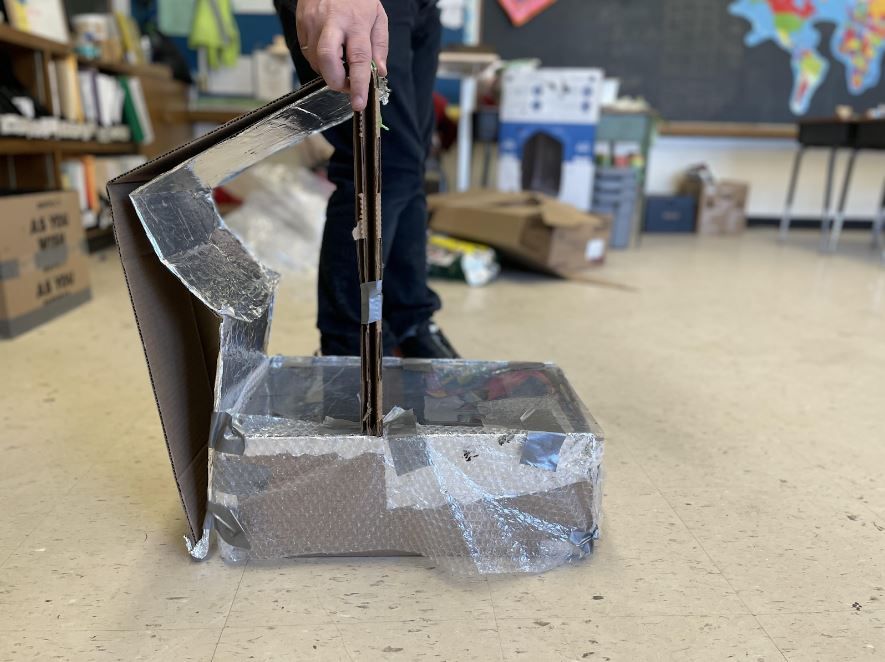
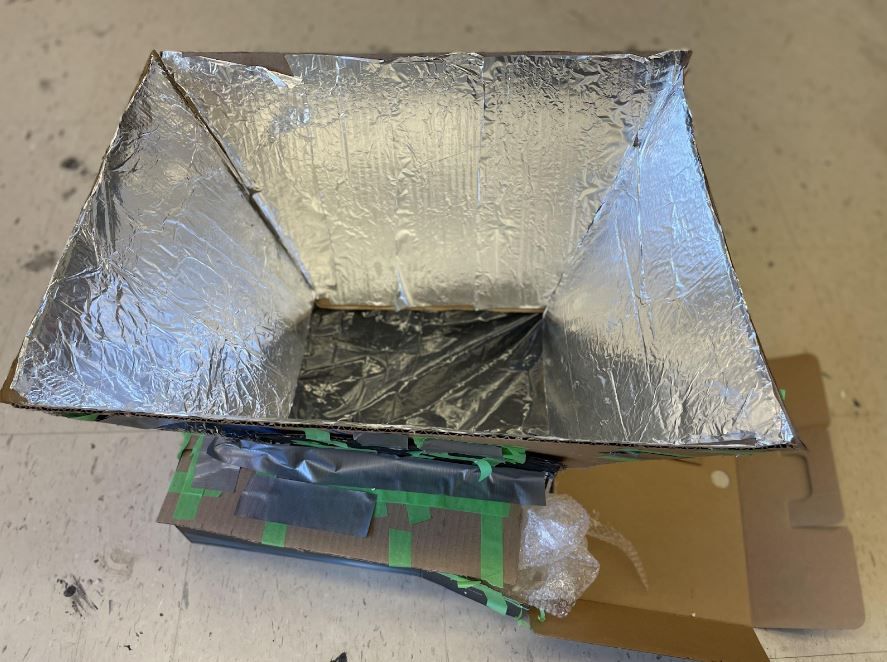
Model D - This model solar oven uses a large reflective surface positioned at an angle to reflect as much light as possible to the clear opening at the centre. This student design features a box-in-a-box insulation construction with the outer box having 3-sides, allowing for access to the inner box which acts as the cooking compartment. The students chose to create a small oven so they did not need to heat up a large space.
Empty space, drag to resize
Re-Energy In Action
Celebrating the many different ways learners and educators from across Canada were engaged in creating renewable energy models through GreenLearning's Re-Energy Program.
Empty space, drag to resize
Learners Participated in a Classroom Workshop or Event
Educators Participated in Professional Development
Student and Teacher Sessions Delivered
Harnessing The Wind Pre-Recorded Workshop
Write your awesome label here.
GreenLearning facilitated curriculum-connected classroom workshops that engaged and inspired students from across Canada to think creatively about conserving energy and taking climate action. Click below to watch (or bookmark) a Re-Energy classroom workshop for grades 7-12, that was featured in Learning for a Sustainable Future's 2021-2022 Youth Forums:
Stay Connected
Get updates about all of GreenLearning's challenges, events and new resources directly to your inbox.
GreenLearning
creates free education programs about energy, climate change and green
economy that engage and empower students to create positive change.
Explore
Get Involved
© 2024 GreenLearning. All rights reserved.
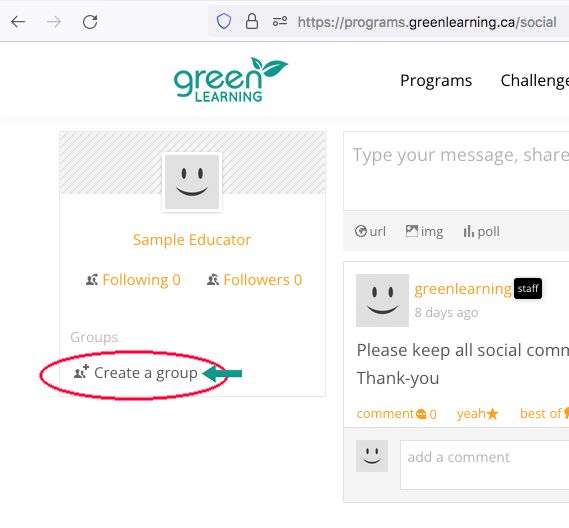






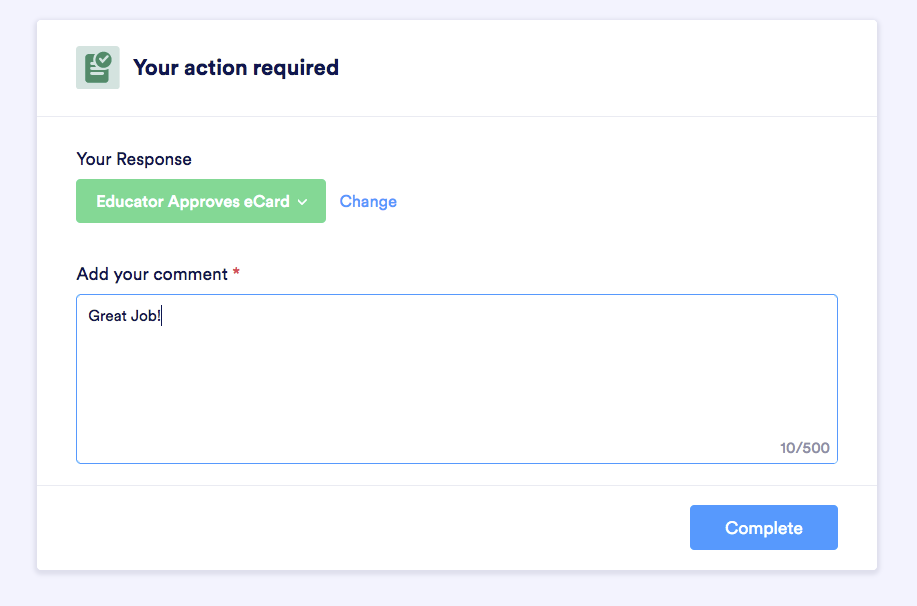


Activity link under private class group.

